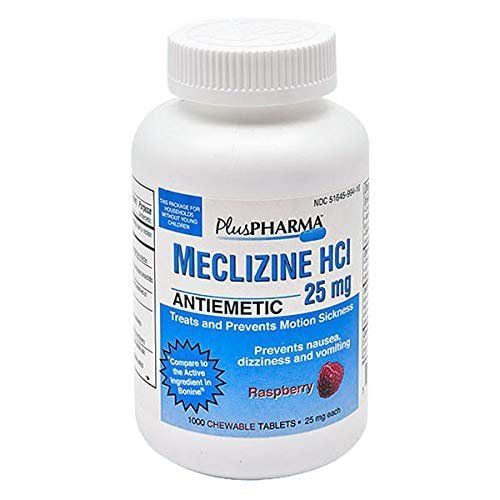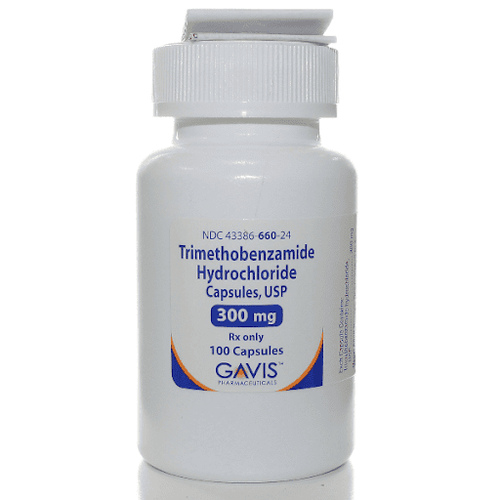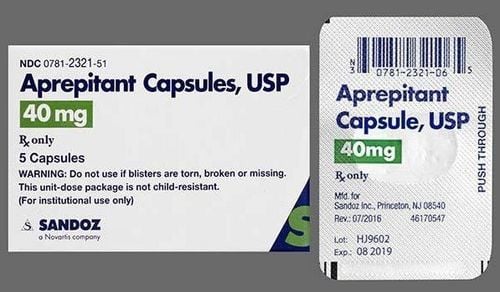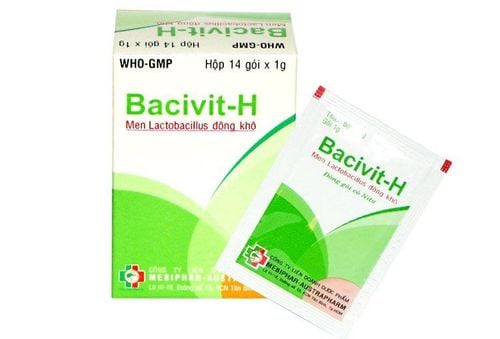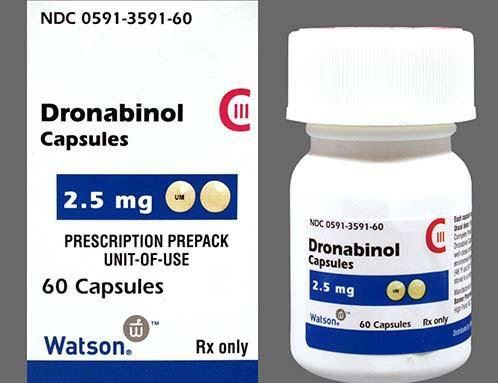This is an automatically translated article.
Espasevit belongs to the group of gastrointestinal drugs, manufactured by the Instituto Biologico Contemporaneo S.A. Company. Using Espasevit as prescribed by your doctor will help you ensure your safety and maximize the effectiveness of your treatment. sick.
1. What is Espasevit?
Espasevit medicine has the main ingredient containing the active ingredient Ondansetron (in the form of ondansetron chlorhydrate dihydrate) with a concentration of 8mg / 4ml, prepared in the form of an injection solution, presented in a box of 25 ampoules, each containing 4ml.
2. What are the effects of Espasevit?
The active ingredient Ondansetron contained in Espasevit is a highly selective 5-HT3 receptor antagonist. When patients receive radiation or chemotherapy can induce vomiting reflexes by activating the vagus nerve through the 5HT receptor. Ondansetron inhibits the initiation of this reflex. Therefore, Espasevit is effective in the treatment of nausea caused by radiotherapy or chemotherapy, possibly due to antagonism of 5HT3 receptors on the central nervous system and on the peripheral nerves. Espasevit has no extrapyramidal side effects because it is not a dopamine receptor blocker. Espasevit is indicated for use in the following cases:Used to treat nausea and vomiting caused by radiation and chemotherapy; Prophylaxis and treatment of nausea and vomiting after surgery.
3. Usage and dosage of the drug Espasevit
3.1. How to use Espasevit Drug Espasevit is produced in the form of an injectable solution, the procedures must be performed by a doctor or medical staff. The drug can be administered intramuscularly or intravenously, depending on the individual case.
3.2. Dosage of Espasevit In the prevention and treatment of vomiting and nausea after radiotherapy and chemotherapy:
Adults:
Mild vomiting: IM or IV injection at a dose of 8mg, slow injection before radiotherapy or chemotherapy, then 12 hours take another 8mg. Strong vomiting: 8mg injection before radiotherapy or chemotherapy followed by 2 IV doses of 8mg every 2 to 4 hours, or can be given as a continuous infusion at a dose of 1mg/hour for a maximum of 24 hours. Prevention of delayed vomiting: can be taken with a dose of 8mg, twice a day for 5 days after the course of treatment. In children:
Before chemotherapy or radiation therapy use dose of 5mg/m2, after 12 hours orally twice daily with dose of 4mg, for 5 days. In the prevention of nausea and vomiting after surgery:
Adults: IV injection at a dose of 4mg, injected slowly under anesthesia. Children: IV injection at a dose of 0.1 mg/kg body weight, injected slowly before or after anesthesia, up to a maximum of 4 mg. In the treatment of nausea and vomiting after surgery:
Adults: IV injection at a dose of 4mg, slow injection. Children older than 2 years: IV injection at a dose of 0.1 mg/kg body weight, slow injection, maximum dose not exceeding 4mg. In people with liver failure: maximum injection of not more than 8mg in a day. In patients with renal impairment: No need to adjust the route, frequency and dose when used for this subject.
4. Undesirable effects of the drug Espasevit
During the use of Espasevit, in addition to the therapeutic effects, patients may experience the following undesirable effects:
Common side effects such as: Feeling hot or flushed, constipation, Local reactions at the site of intravenous infusion. Uncommon side effects include: dystonia, convulsions, nystagmus, dyskinesia, chest pain, bradycardia/arrhythmia, hypotension, asymptomatic elevation of liver function test results symptoms, respiratory disorders. Rare side effects such as: anaphylactic reactions, immediate or sometimes severe hypersensitivity reactions, dizziness, transient visual disturbances such as blurred vision. Very rare side effects: headache, transient blindness.
5. Espasevit drug interactions
There are no reports or studies showing that Espasevit inhibits or induces drug metabolism when used concurrently. Some studies have shown no interactions when using Espasevit with: temazepan, tramadol, furosemide, propofol or alcohol. In patients being treated with strong inducers of CYP3A4 such as: Carbamazepine, Phenytoin and Rifampicin, clearance of Espasevit was increased and blood concentrations decreased.
6. Notes when using Espasevit
6.1. Contraindications of Espasevit The use of Espasevit is not contraindicated in subjects with a history of hypersensitivity to Ondansetron or any of the excipients contained in the drug.
6.2. Caution when using Espasevit should be used with caution in pregnant women and lactating mothers. Use with caution in elderly subjects older than 65 years, although Espasevit is well tolerated in patients over 65 years of age undergoing chemotherapy, however, there is no experience in this population. There have not been any research results or reports to prove the effectiveness and safety of Espasevit when used in children under 2 years of age, so caution should be exercised when having indications for use in this subject.
7. Storing Espasevit
Store Espasevit medicine in a cool, dry place, avoid direct exposure to sunlight and high temperature because these agents can change the ingredients in the medicine. below 30 degrees C. Keep out of reach of children, avoid using the wrong medicine. Before use, it is necessary to observe the vial of the injection, whether there is cloudiness, color change, see the expiry date of the drug before use. Above is information about uses, dosage and precautions when using Espasevit. To ensure safety for your health and maximize the effectiveness of your treatment, you need to take Espasevit exactly as directed by your doctor.
Please dial HOTLINE for more information or register for an appointment HERE. Download MyVinmec app to make appointments faster and to manage your bookings easily.




